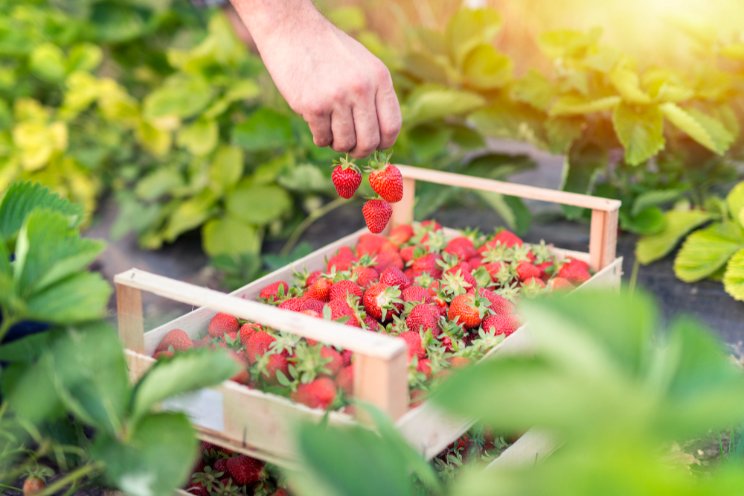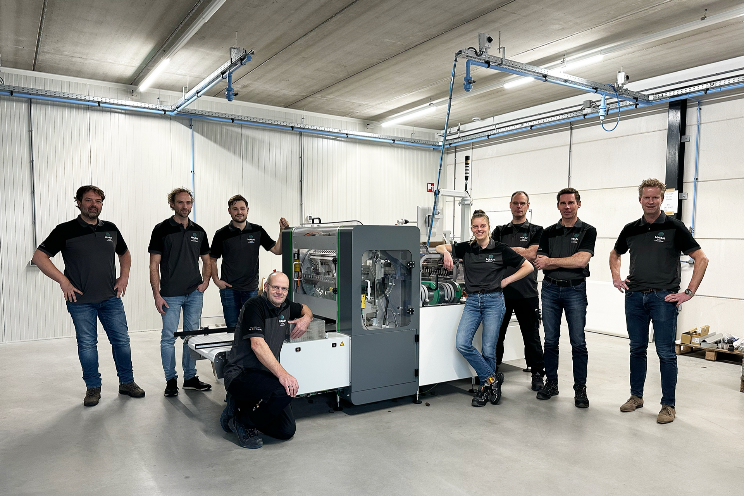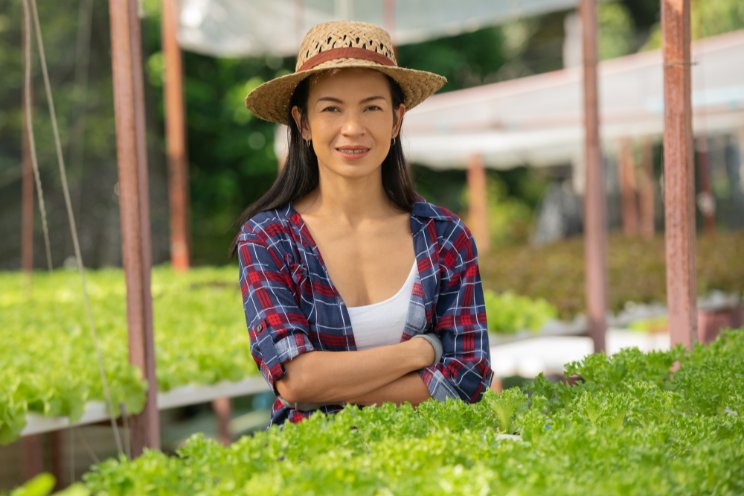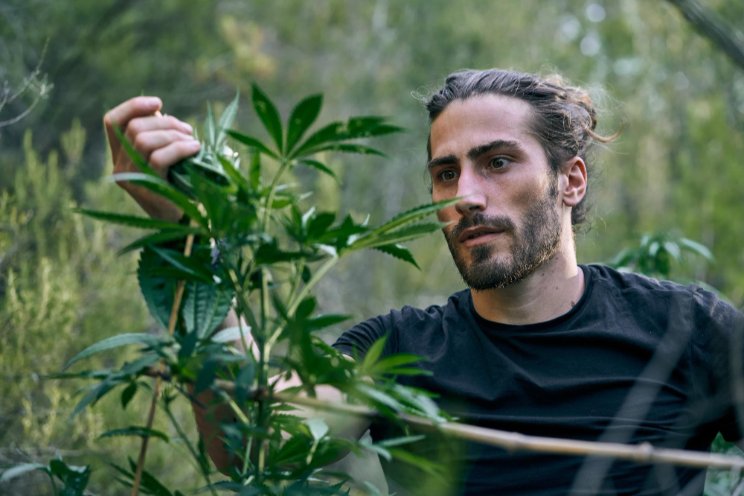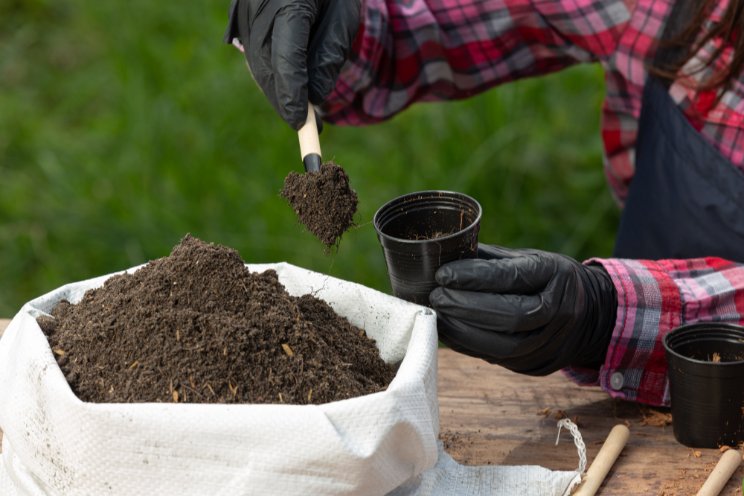Researchers reveal secret of Chinese medicinal herb
Added on 03 February 2020
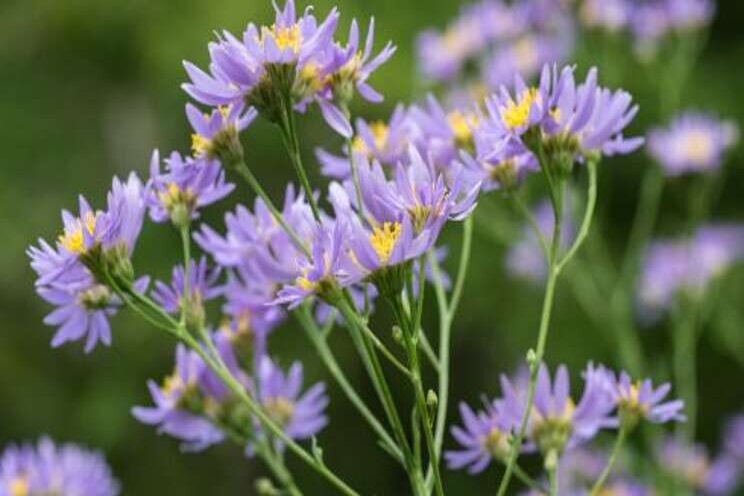
The researchers were successful in isolating the fungus, Cyanodermella asteris, and in cultivating it independently of the host plant. They have therefore laid the foundations for large-scale biotechnological production of astins. The study has been published in Proceedings of the National Academy of Sciences (PNAS)
Endangered medical plants
Collecting medicinal plants from the wild may endanger their survival. Even if plants are cultivated for the production of natural substances, difficulties arise: plant growth is comparatively slow; the bioactive substances are often only produced in small quantities and have to be extracted from the plant in complex processes. The research goal is therefore often a cost-effective biotechnological production.
You do not always have to believe Chinese wisdom, but they do have a point here.
Prof. Willem van Berkel
Tumor and inflamation suppressors
"In order to develop a biotechnological process, we need to know which genes are involved and the metabolic pathway leading to production of the required substances," says Thomas Schafhauser of the University of Tübingen. "Astins have an unusually complex chemical structure. Comparisons with similar substances indicate that bacteria or fungi make astins." Astins bind to an important human regulatory protein; this may allow them to be used to suppress immune responses and to combat tumor growth.
Production platform
The researchers discovered the fungus C. asteris living in the plant. "First, we had a candidate in sight, a fungus", says prof. Willem van Berkel of Wageningen University & Research. "It was a Penicillium that lives in the plant, a so-called endophyte. But that fungus turned out not to be the right one."

Cyanodermella asteris. Photo: Willem van Berkel
After identifying C. asteris as the right endophyt, it turned out that this fungus was easy to propagate and cultivate outside the plant. It also produces large amounts of specific astins. In addition, the researchers fully sequenced the fungal genome. In the decoded genome, the team found the genes that are responsible for the synthesis of the astin molecules. This is an important requirement for the development of biotechnological methods for the commercial production of astins.
Cooperation between different species
In experiments, the researchers proved that individuals of the Aster tataricus did not produce astins unless the fungus C. asteris was present. The function could be restored by re-infection with the fungus. "Furthermore, these plants contained the variant astin A, which the fungus could not produce when cultivated individually," Linda Jahn of the Technische Universität Dresden reports. "We assume that the fungus and the plant work together to their mutual advantage in symbiosis, and that the plant gives a signal for the production of astin A or processes the astin from the fungus itself."

Aster tataricus. Photo: Willem van Berkel
The current findings lay the foundation for sustainable biotechnological astin production that is independent of aster plants. "Further research is currently being conducted into the anti-tumor and anti-allergenic properties of the astins," says Prof. Van Berkel. "You do not always have to believe Chinese wisdom," he adds, "but they do have a point here."
Click here for more information.
Photo Courtesy of WUR
Source: Wageningen University & Research
More news

